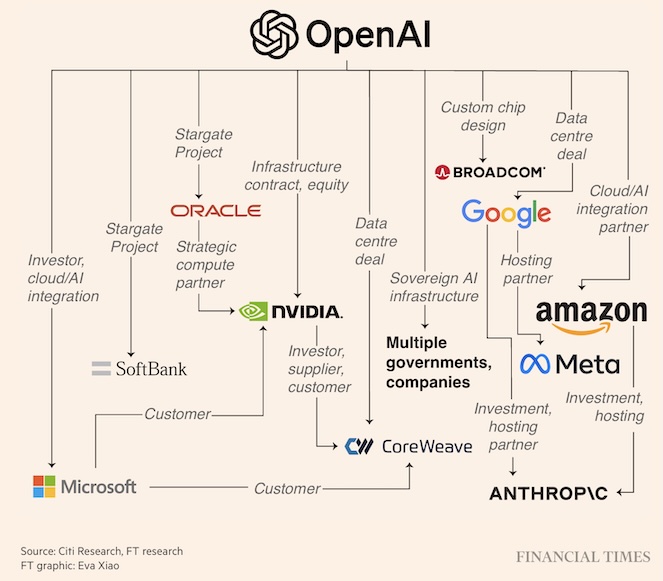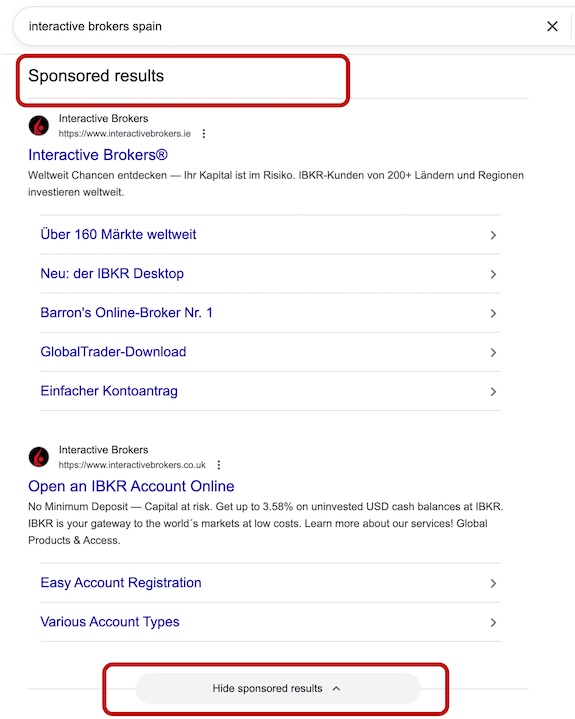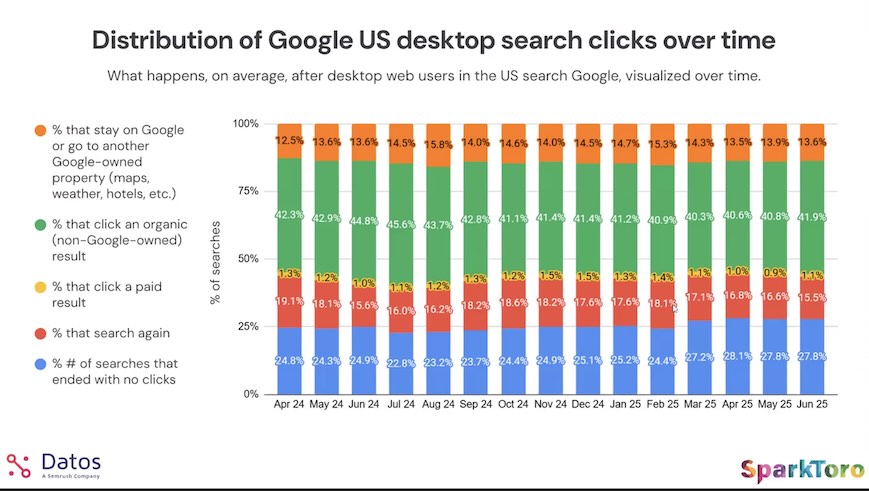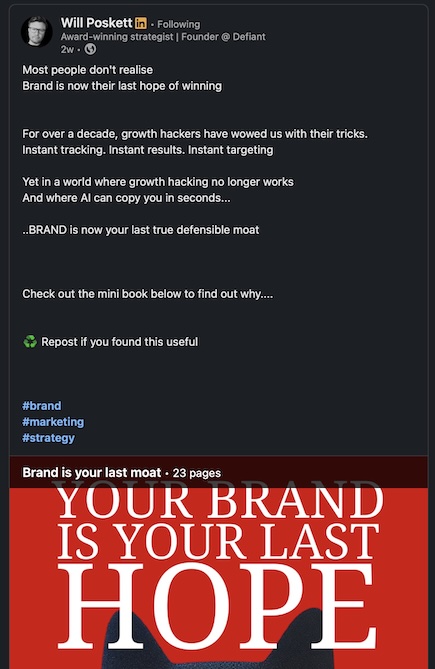
Taylor Swift built the biggest “niche” fan base in history.
There are two schools of thought in modern marketing:
1️⃣ Win your niche and build customer loyalty.
2️⃣ Go broad, chase reach and new customers over loyalty.
Normally, these two strategies are mutually exclusive.
Sure, a new brand can start with the first and then scale into the second.
💡 But Taylor Swift somehow does both at the same time!
She created a “niche” superfan base made of millions.
Swifties are in the millions but aren’t casual listeners.
They’re emotionally invested, fiercely loyal, and they buy repeatedly.
Take her latest album.
The same record was released in ~40 variations.
So her loyal fans could buy the exact same product up to 40 times!
And yet, her loyal “niche” fills stadiums worldwide.
This breaks every marketing textbook rule.
How does she pulls this off?
Nothing less than strategic evil genius. 😈
She positioned herself as a close and relatable female friend…
…while becoming the first billionaire musician in history.
(and being the blonde cheerleader who married the football team captain LOL)
The least relatable person imaginable 😂
The key is that she makes every fan feel seen, special, and unique;
even when there are 100 million other “unique” fans. 😅
Like I said last Sunday:
👉 Marketing is all about feelings.
Make people feel something they want to feel again.
Everything else doesn't matter as much.








